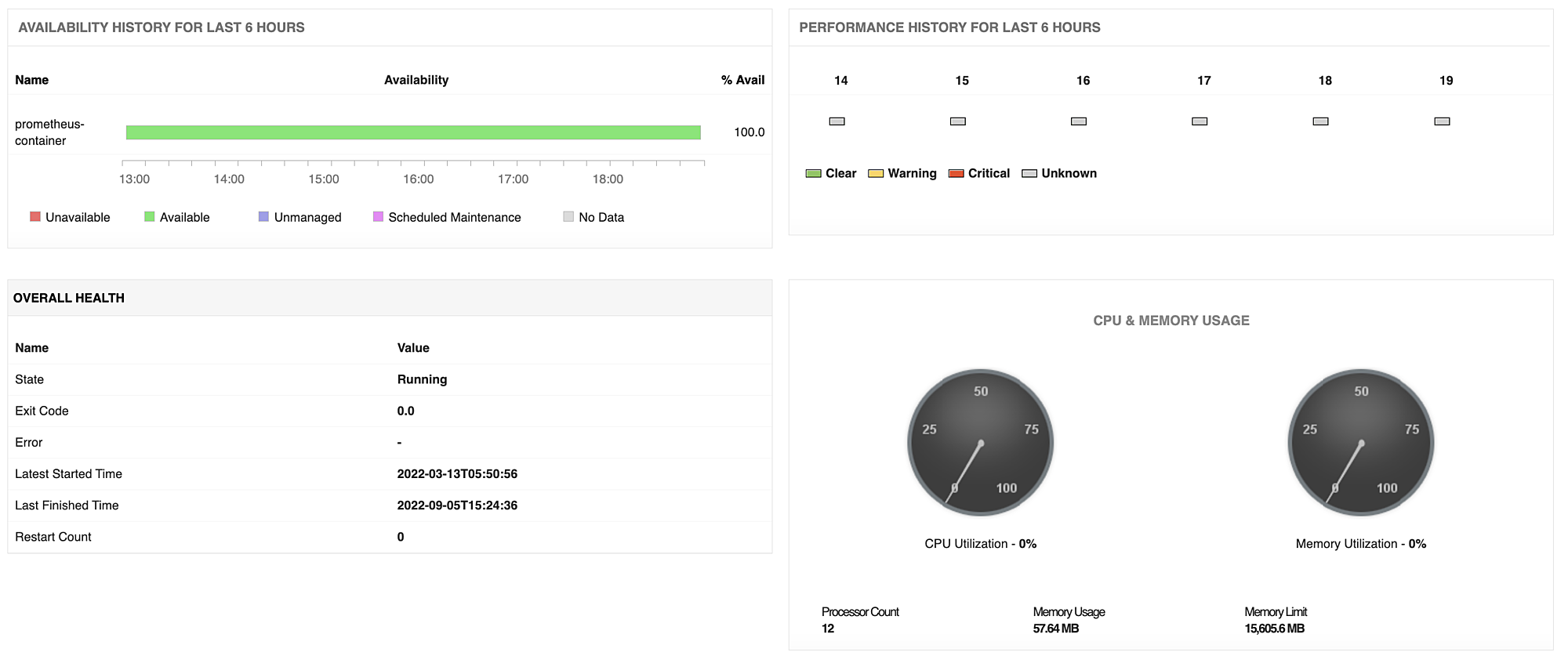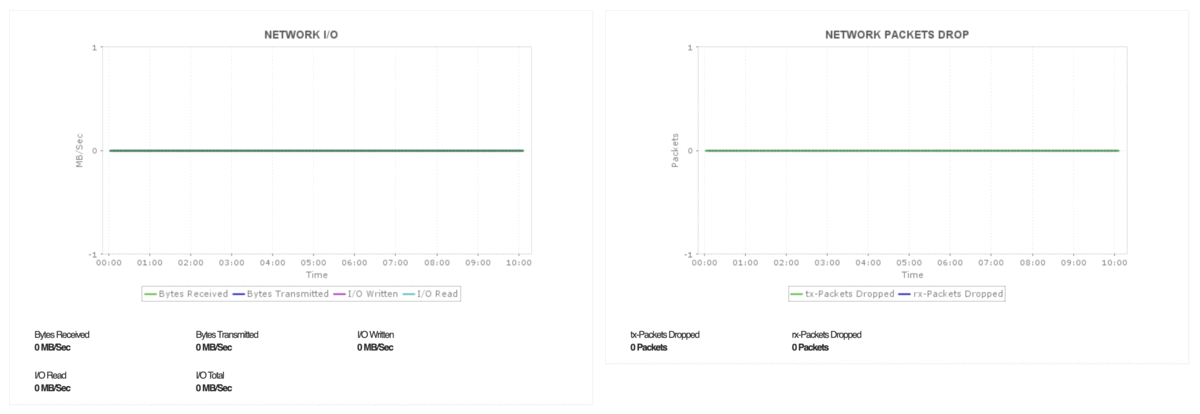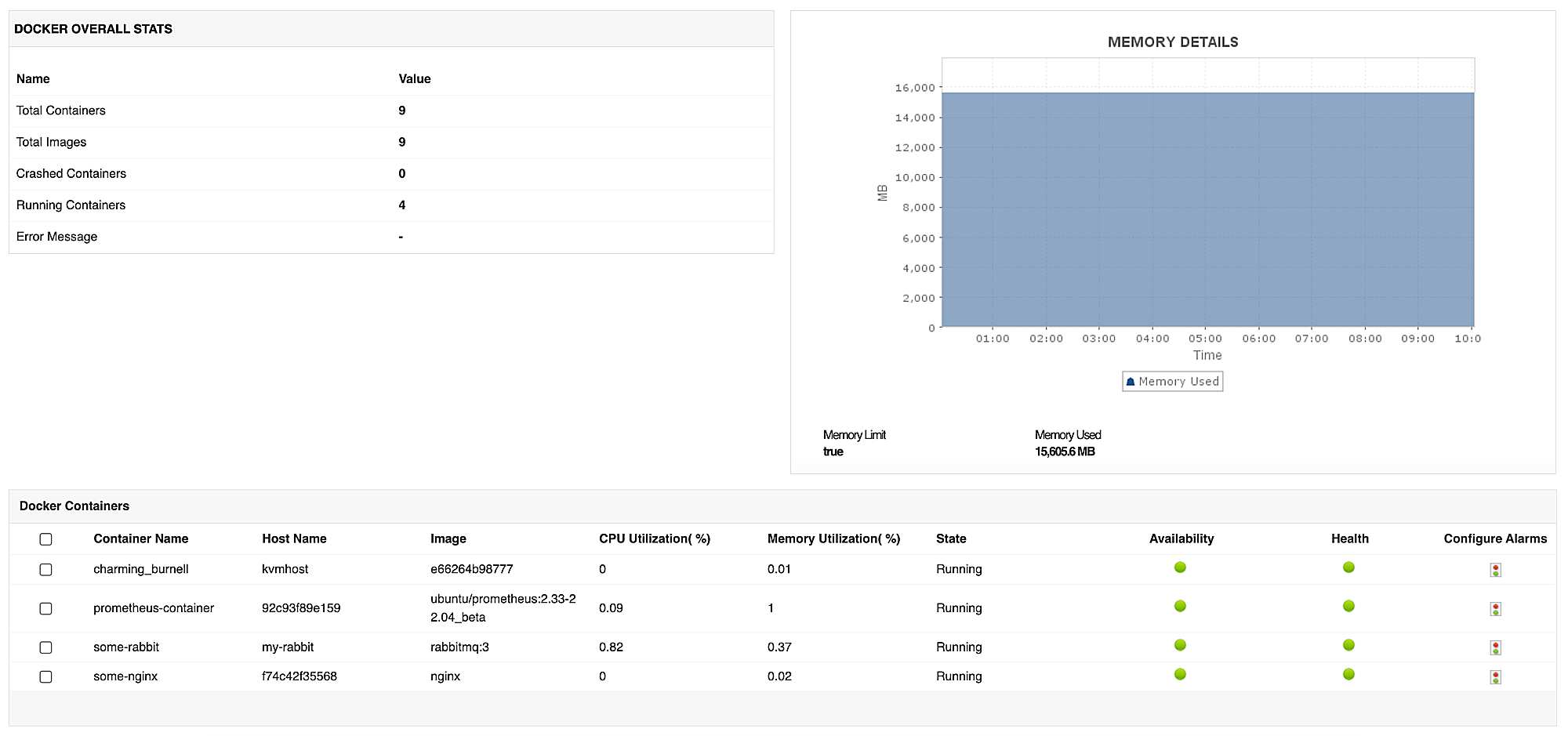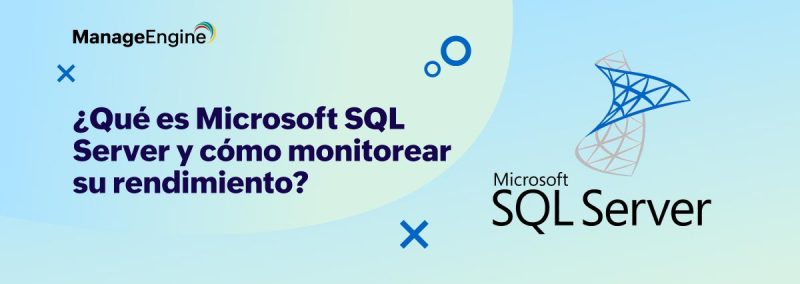
Docker is a well-known open-source platform that is predominantly employed to bundle applications and their dependent components into containers for easy development and deployment. Docker is lightweight and efficient in resource consumption by operating as an executable packaged software with all the necessary framework, libraries, code, runtime, and files required to run an application. It also helps reduce workload on developers by eliminating the need to set up the application environment at each phase of production.
To ensure an efficient and seamless container operation, IT teams must have the necessary tools and resources for monitoring their Docker platform. In this article, let us talk about the importance of Docker monitoring, the different tools that can be used, and the features to look for in a monitoring solution.
The importance of Docker monitoring
Docker operates on a client-server basis where Docker images are used as blueprints to create new containers. The Docker engine runs containers where applications can be quickly deployed for easy access across different environments. Despite many advantages, Docker suffers from visibility issues when dealing with a large number of containers. The involvement of innumerable microservices and software processes makes organizations using Docker prone to performance issues as a result of limited visibility.
Without Docker monitoring, managing a large ecosystem of containers and containerized applications can be tedious when it comes to performance troubleshooting and optimization. Employing the services of an external monitoring tool that can track the health and activity status of your containers and offer performance insights is a wise move if you want to prevent issues before they get out of hand. Let’s take a look at the different options available to perform Docker monitoring.
Tools to help monitor Docker containers
Docker CLI
Docker Command-Line Interface (CLI) is a common method used to monitor Docker. This is achieved by issuing commands within the built-in interface to perform monitoring and management tasks. Monitoring commands like ‘docker stats’ and ‘docker ps’ can be used to fetch details such as performance statistics of active containers and a complete list of containers, respectively.
However, Docker CLI fails at handling large-scale deployments due to the lack of a functional user interface. Since it operates on a command-input basis, monitoring a large number of containers can prove tedious, if not impossible. Remembering commands and issuing them is a huge waste of time and effort in trying to get performance information without the backup of any historical data. Due to the lack of graphical representation of data, Docker CLI might prove to be useless when trying to identify issues and prevent them. Without any alerting functionalities, users might have to check the containers on their own regularly.
Prometheus
Prometheus is an open-source monitoring technology that overcomes some of the deficits left open by Docker CLI. Prometheus supports alerting capabilities that can be configured to target specific Docker metrics through an external resource. In addition, it offers a rich supply of performance metrics for a distinct picture of how efficiently the Docker containers are functioning.
One major disadvantage of using the Prometheus monitoring system is that the tool can be quite hard to configure and set up. For instance, Prometheus requires users to configure an alert manager to specifically target Docker, which can be complex and technically challenging. It also doesn’t provide visualization of metrics through graphs, charts, or histograms, which would help users map the relation between container performance with potential anomalies. Prometheus also faces a similar drawback of scalability as it becomes less reliable and increasingly inefficient when involved with a large volume of containers. Without the aid of external resources, Prometheus might not be the well-rounded answer to your Docker monitoring needs.
ManageEngine Applications Manager
Other options to monitor Docker include Grafana (along with Prometheus to create dashboards and alerts), cAdvisor, and Docker Stats API to name a few. However, to ensure smoother and more reliable monitoring of Docker containers, IT teams need to use a commercial Docker monitoring solution such as ManageEngine Applications Manager.

As organizations grow and add more containers, Applications Manager can provide better scalability options to handle the increased load. It also has additional security features that can help protect against potential threats or breaches. Although it may come with an initial nominal cost, it can be more cost-effective in the long run due to added benefits and support.
Docker monitoring with Applications Manager
Applications Manager addresses the gaps left by other tools with its dynamic monitoring, alerting, and capabilities. Within the monitoring dashboard, you can get a complete performance overview of your Docker infrastructure. What’s better is that Applications Manager has the ability to support monitoring a large container infrastructure with the help of visual charts and real-time alerts.

By enabling Docker remote API on your host, Applications Manager can tap into the system and retrieve data that can be used for performance visualization and monitoring. It also furnishes you with important Docker performance metrics such as network transfer rate, resource utilization, container statistics, health and availability statuses.

Another important use case of Docker monitoring is the ability to track the performance and resource consumption of containers. By tracking your container platform using Docker monitoring software like Applications Manager, you can easily pick out the containers that are using too much memory and disk space. After identifying faulty containers, the Docker monitor can be used to drill down into each container for a visual breakdown of the memory usage.
Some key features of Applications Manager’s Docker monitoring include:
-
Auto Discovery: While setting up a Docker monitor within Applications Manager, you can enable the container discovery option to automatically find and track containers that are present in the system. For more flexibility, you can create a Docker monitor to discover only necessary containers within a large Docker environment that satisfy a specific criteria.
-
Agentless Monitoring: Applications Manager does not require you to install an external agent for monitoring Docker. Just by entering the necessary configuration details, you can start tracking your container system in a matter of minutes.
-
Performance Analysis: The tool collects an array of metrics that can be used to correlate with the performance behavior of your Docker system to understand its operational efficiency. Get important metrics such as disk and memory utilization, running status, health, availability, and network connection stats over a period of time.
-
Anomaly Detection: Applications Manager uses its intelligent machine learning abilities to predict the ideal performance threshold of any critical performance parameter automatically. It then triggers an alarm whenever they are breached. Get breach notifications via SMS, email, Slack messages, and more.
-
Load Management: Applications Manager gives you the ability to Start, Stop, and Restart a specific container or containers in a group through its console. Simply create a custom action (Start, Stop, and Restart) that will be automatically executed whenever there is a spike in system load. You can also set up your Docker monitor to automatically stop tracking or remove deleted containers from Applications Manager’s dashboard.
-
Forecast Trends: Visualize how your Docker environment will behave after a period of time (e.g. 1 hour, week, month, or year). This helps system admins to be aware of issues like performance degradation, resource over-consumption, and container growth rate by planning their container strategy ahead of time.
-
Capacity Planning: Get the CPU and memory utilization status of all the containers in your environment for planning resource optimization and allocation. Applications Manager provides a detailed list of containers that are oversized, undersized, or idle.
-
Inventory Management: Get a complete list of container resources being tracked to have clear understanding of your entire Docker monitoring inventory. Organizations that deal with a large number of containers might find this feature useful for doing an at-a-glance stock check.
-
Support for container infrastructure: Applications Manager enables Docker infrastructure monitoring as it allows you to monitor containerized applications within its console. Monitor a wide scope of infrastructure platforms ranging from databases, applications, cloud services, servers, VMs, containers, and more. There is support for monitoring over 150 technologies.
Applications Manager arms you with the necessary tools required to gain complete visibility into your Docker infrastructure while also being aware of potential threats that may arise. It’s multi-functional capability makes the tool stand out as one of the best Docker monitoring tools available for large-scale deployments.
Choose the right Docker monitoring solution – Applications Manager
In conclusion, it is wise to ensure that you have a well-rounded monitoring solution that encapsulates every stage of performance tracking within a single interface. Apart from extensive Docker monitoring, Applications Manager possesses some compelling features like in-depth performance analysis, the ability to scale, a user-friendly interface, real-time alerts, dynamic reports, monitoring automation, and multi-platform support.
Applications Manager is an easy tool to set up, comprehend, and maneuver. To personally explore all the features of Applications Manager’s Docker monitoring on your own, download the 30-day free trial now!

